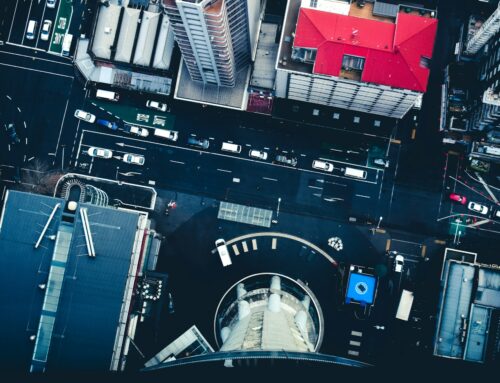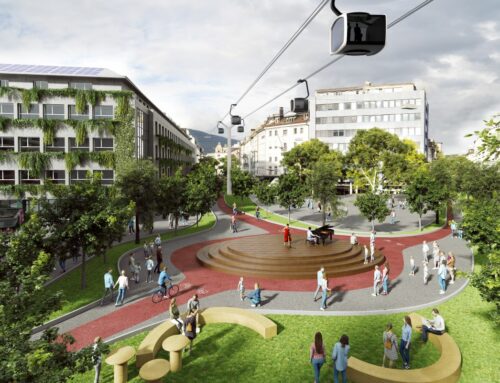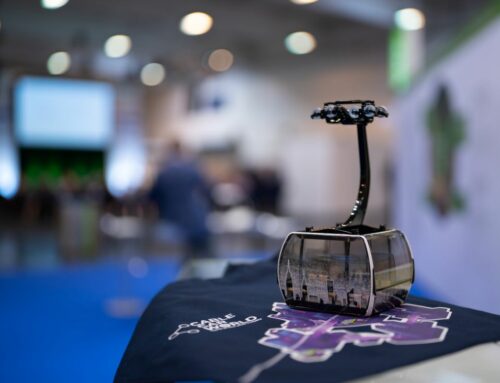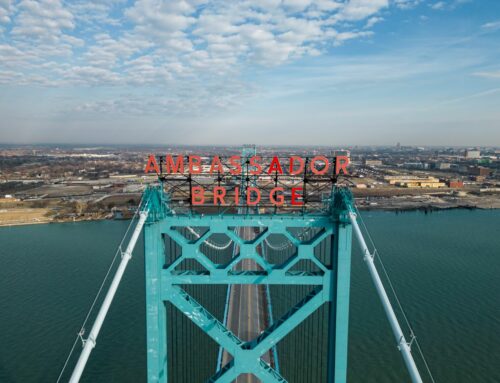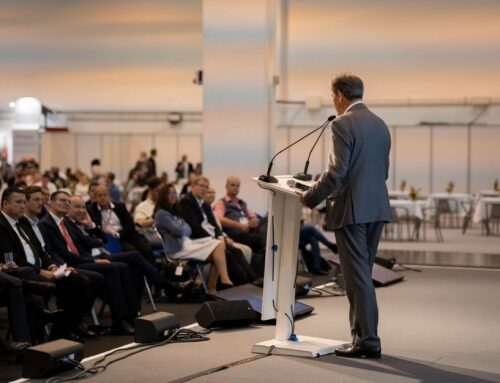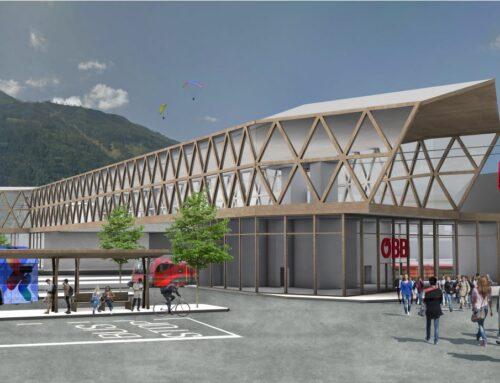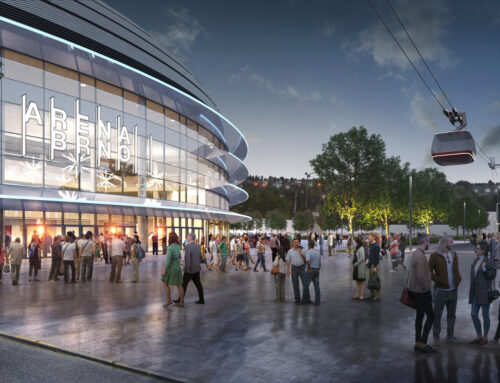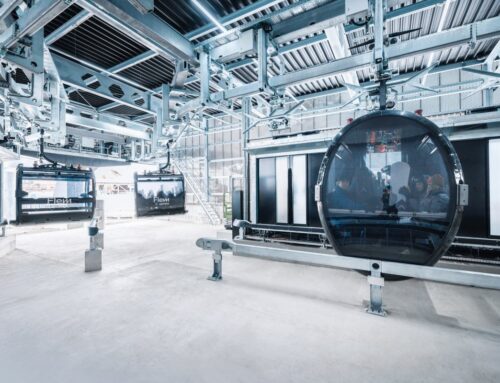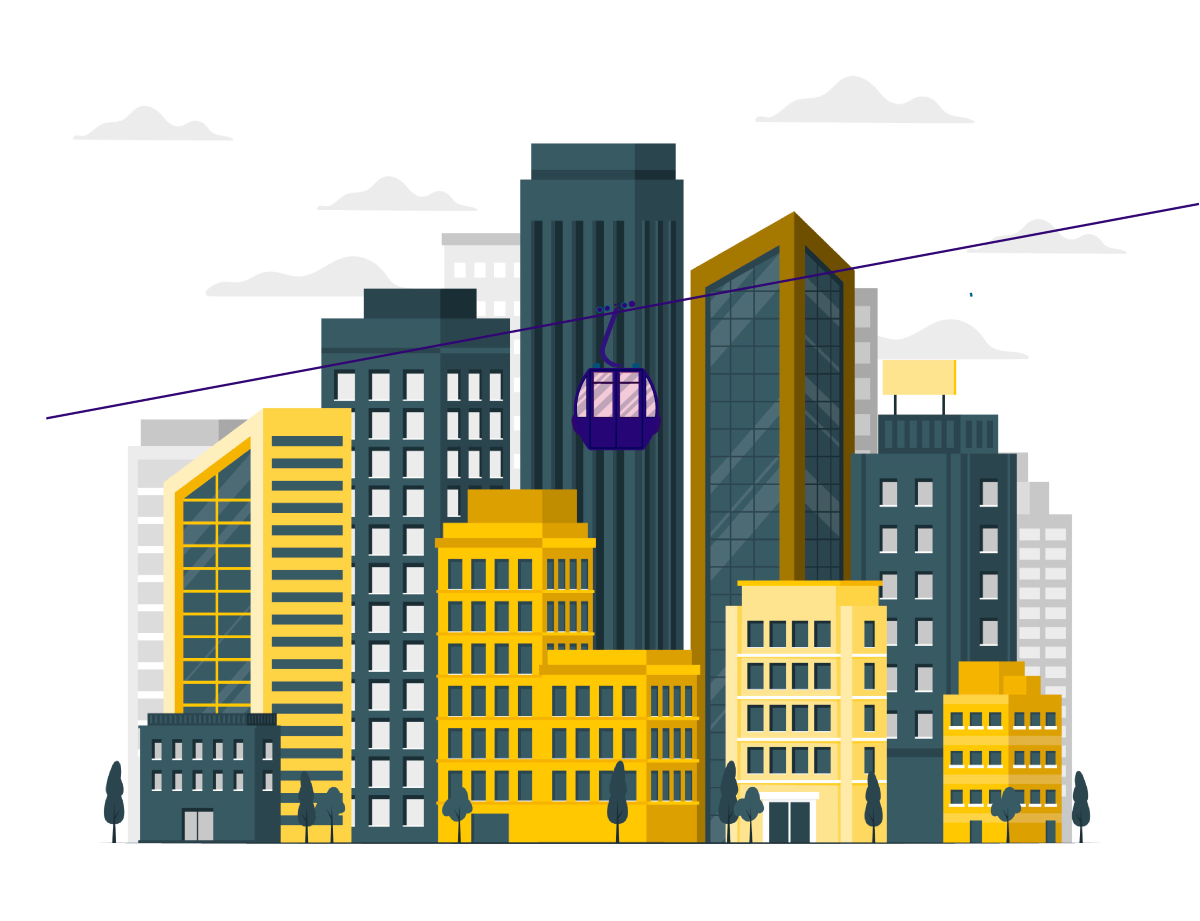
SI Urban 2/2023, SI-Urban, Urban
Study: Cable Car as neighborhood center
While the study acknowledges the importance of conventional modes of transportation like buses and trains in urban quarters, it also highlights the potential of cable cars, which offers various positive attributes. The global rise in urban populations necessitates new considerations for district and urban development.
According to the study, one of the most critical aspects is providing access to public transportation. In many cities, not all residents have equal access to or availability of well-connected public transit options.
Urban cable cars could be able bridge this gap. Compared to other transportation modes like commuter trains or subways, cable cars can be implemented more swiftly.
Think holistically
Crucially, the study emphasizes that the cable car station should be strategically situated in close proximity to existing public transportation, enabling swift transfers.
The focus should be on the comprehensive mobility concept of a city, rather than just the individual construction of the cable car. Only when the last mile can be covered using the public transit network can the shift from car to public transportation be achieved.
Urban quarters should ideally be designed with reduced car dependency while offering a costeffective alternative. This could be accomplished by integrating the cable car into the city‘s fare system.
London
In the capital of the United Kingdom an urban cable car is already in Operation.
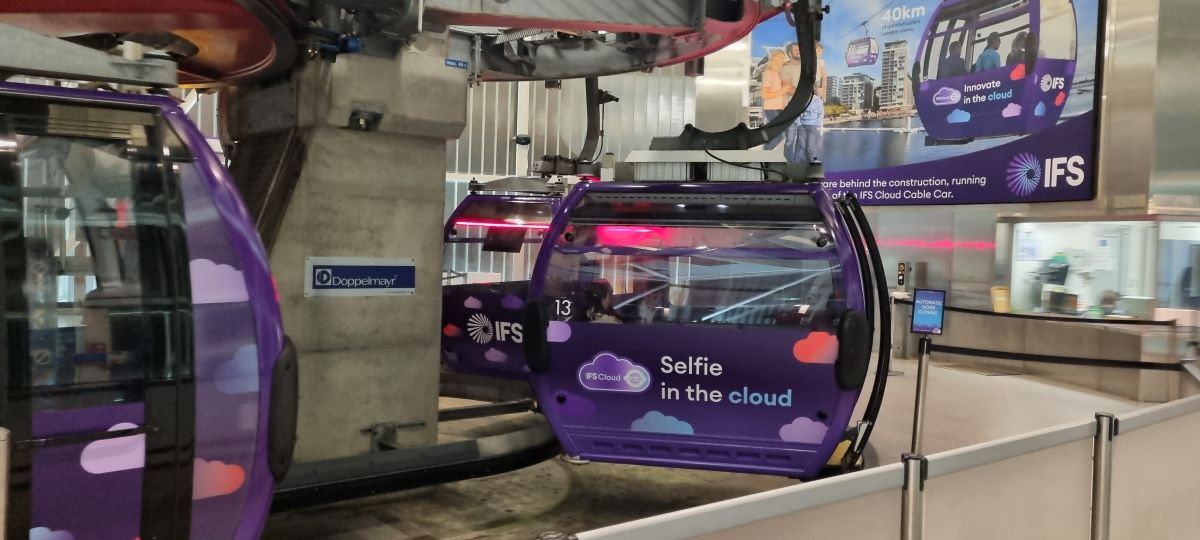
Station = neighbourhood center
A cable car station offers numerous opportunities for integration within an urban quarter. For instance, residential spaces or daily shopping facilities could be established at the station. Moreover, the study suggests that a central location for the cable car station can enhance the economic strength of existing offerings.
An example of this wellimplemented concept is the funicular in Künzelsau, where the station is situated at the heart of the urban quarter, seamlessly connected to the existing public transportation.
The lower station was strategically placed for easy pedestrian access to the city center, adjacent to a kindergarten and bakery. The surrounding infrastructure was thoughtfully developed.
Generally, these stations can be adapted to suit each specific quarter. The study mentions the cable car in Singapore, which has been integrated into a building.
Apart from the stations, the support structures also present opportunities to positively impact the urban landscape.
They could be repurposed as public screens or serve multi-functional roles in mobile communication or traffic information technology. Worldwide, there are already successful examples of urban cable cars integrated into public transit systems, such as in London, Mexico City, and Toulouse.
Funicular Künzelsau
A local grocery store and a kindergarden are located near the valley station. Both profit from the cable car.
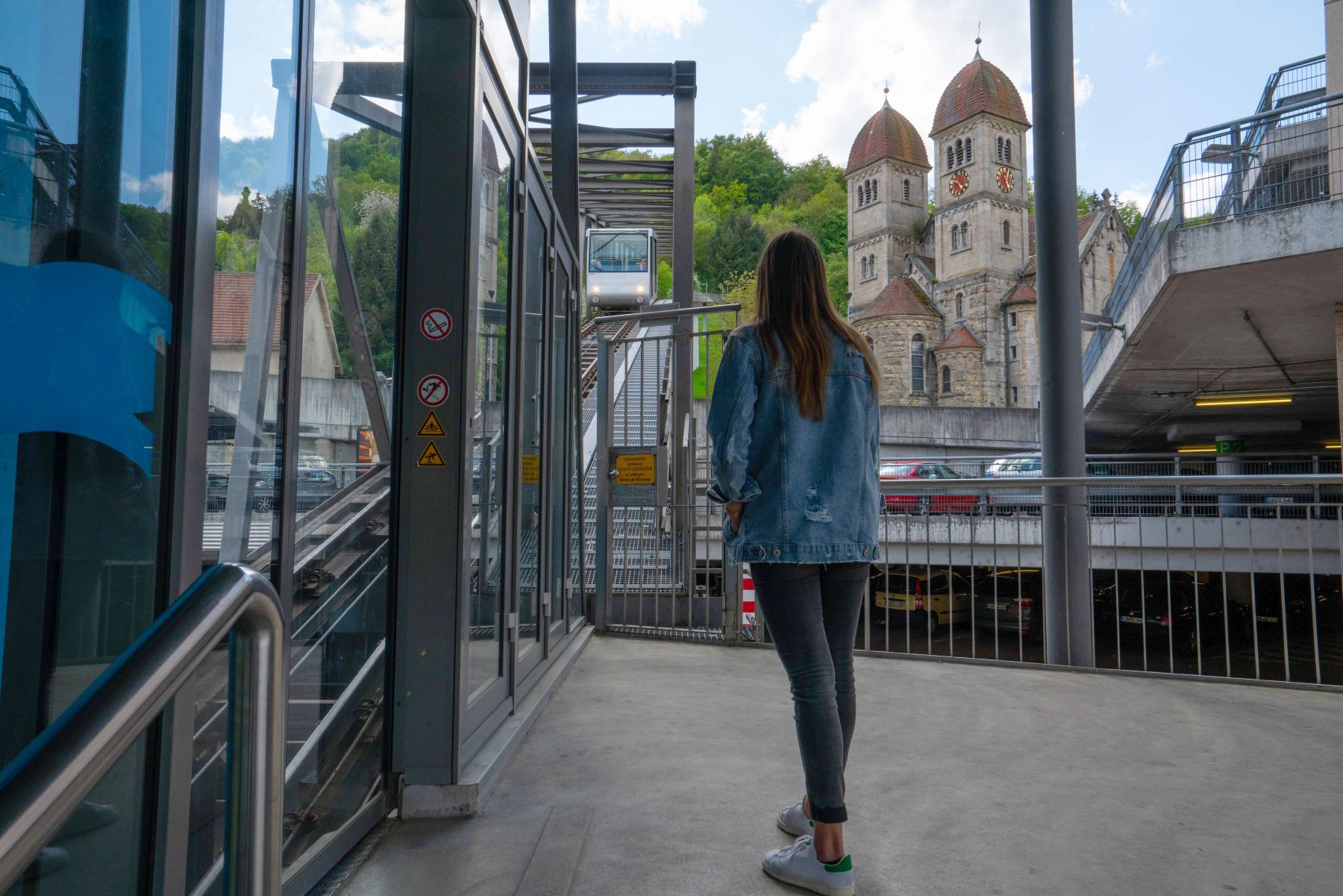
Cost-effective connectivity
Cable cars offer an efficient and cost-effective means of integrating urban quarters into transportation networks. A significant advantage of transportation on the „plus-one“ level is the detachment from individual road traffic.
Cable cars overcome obstacles, operate without fixed schedules, and glide above traffic congestion.
Reduced land consumption and public design space
Due to their smaller footprint, cable cars require less environmental intervention compared to constructing a highway bridge, for example. The space beneath highway bridges often remains unused, while the area under a cable car can be repurposed into a valuable public design space.
Cable car as a meeting zone
Stations and cabins serve as meeting points for diverse individuals. In the context of an urban quarter, these spaces foster interactions and communication, enhancing community cohesion.
Additionally, accessibility to all inhabitans of a city district, encounters in the cabin between people from diverse cultural backgrounds and different life situations promote an inclusive and integrative environment.
